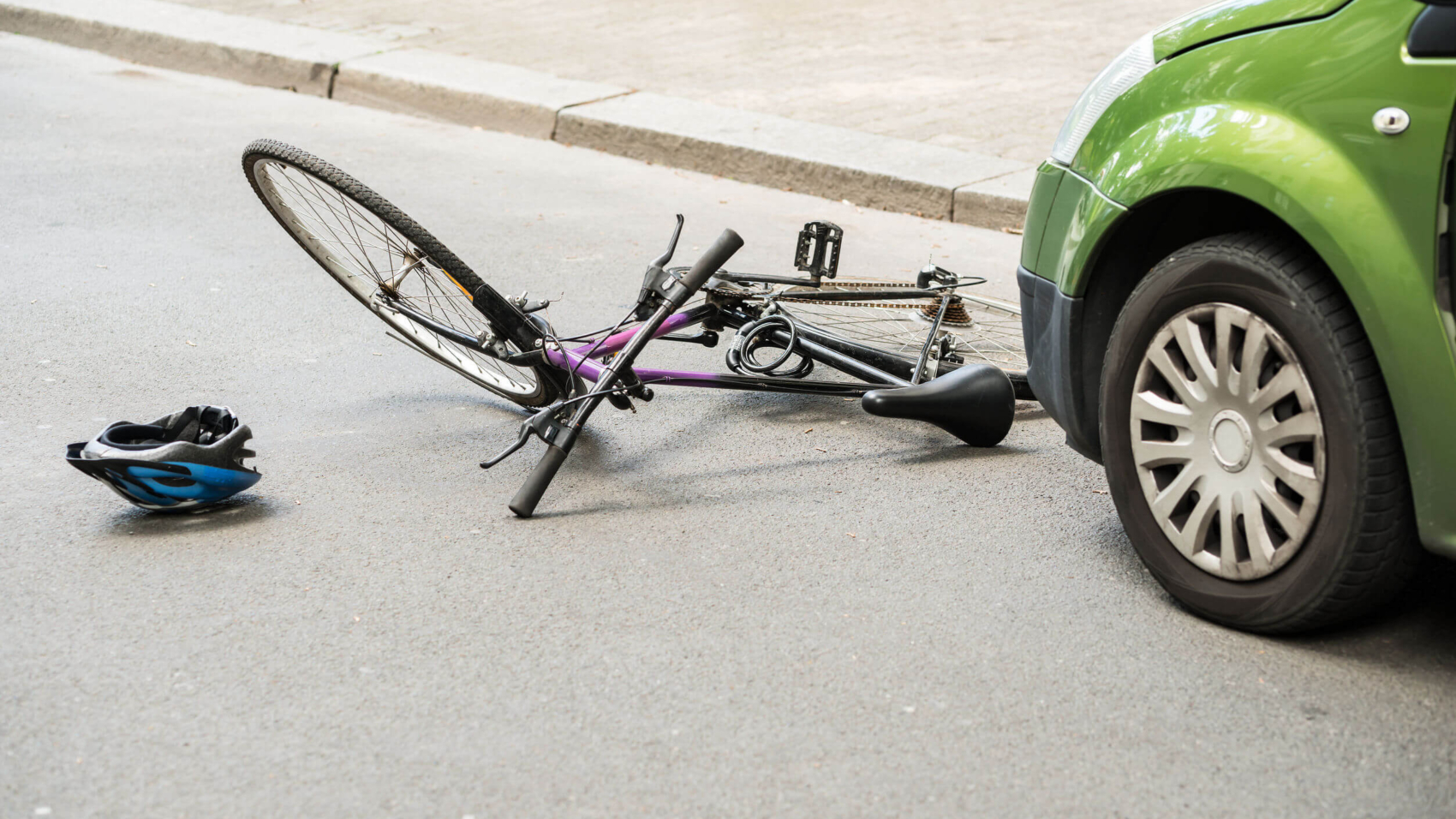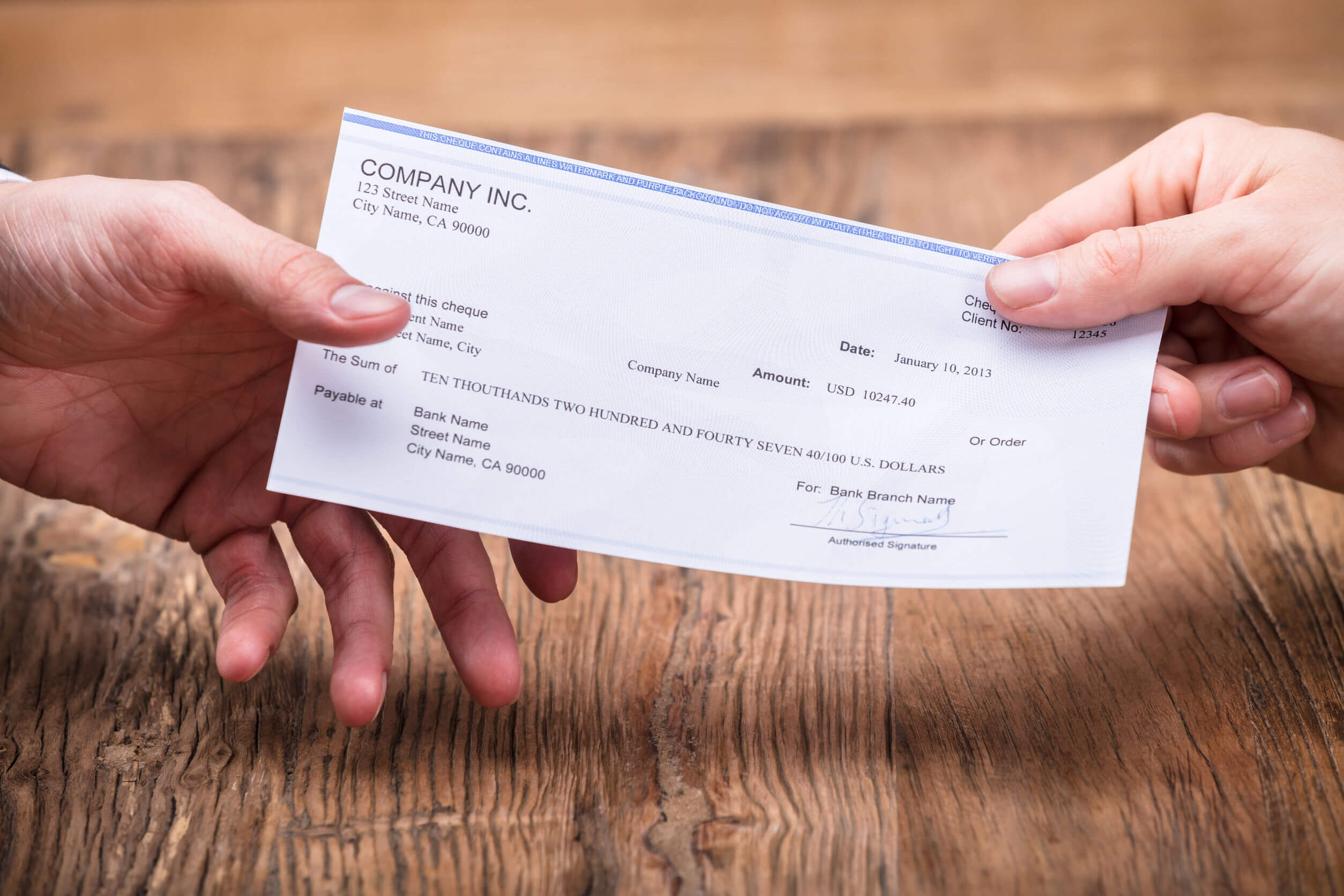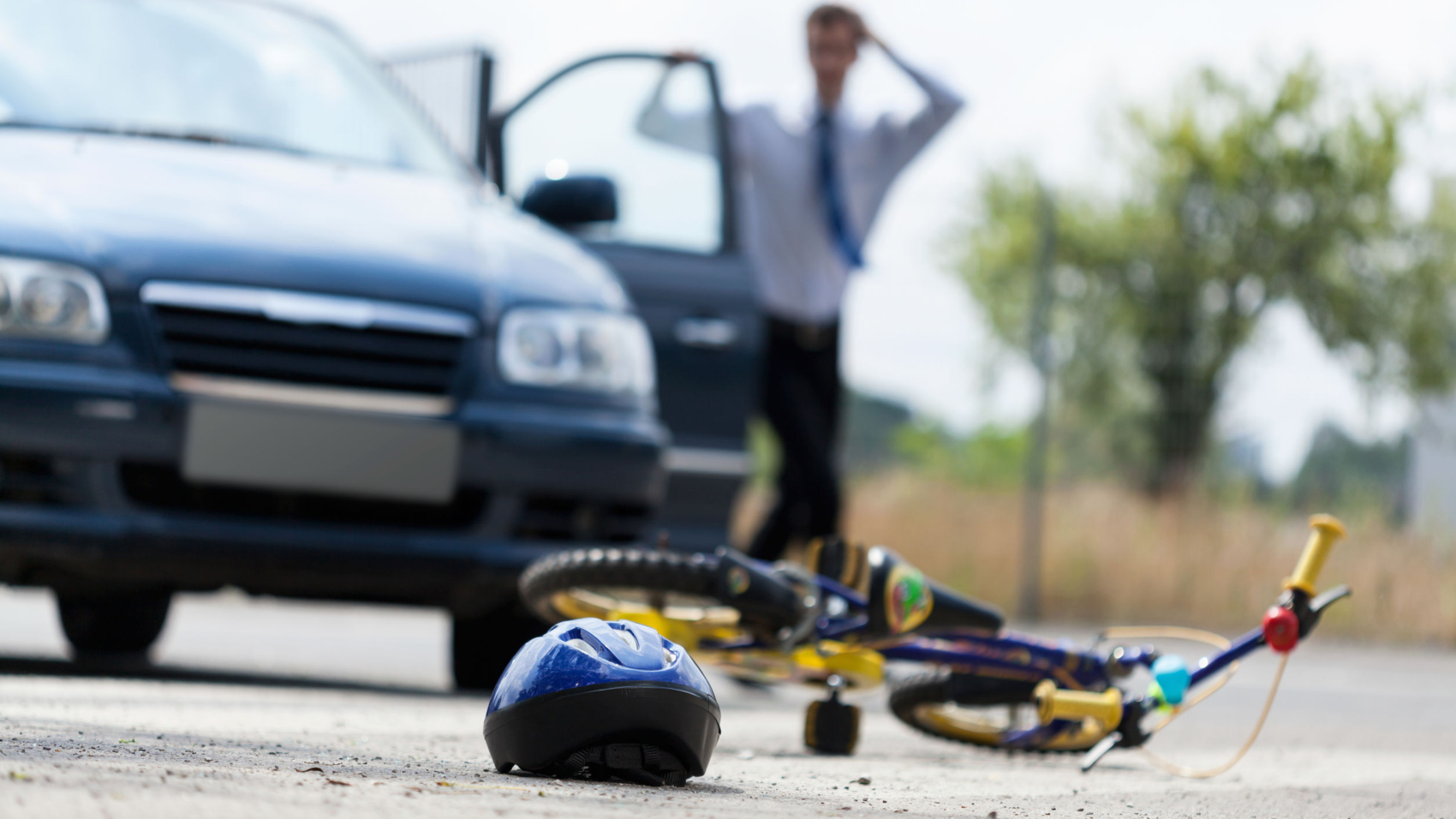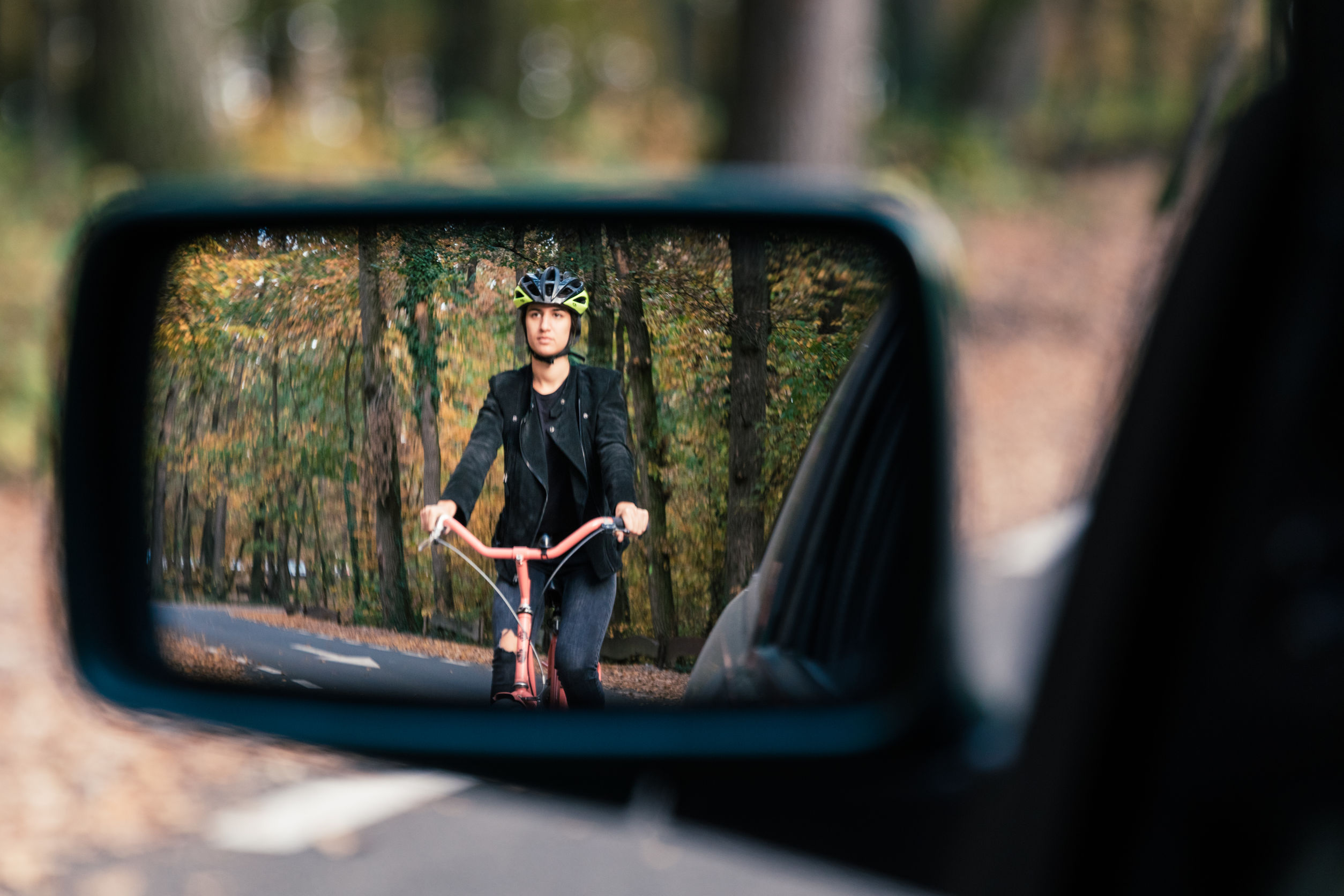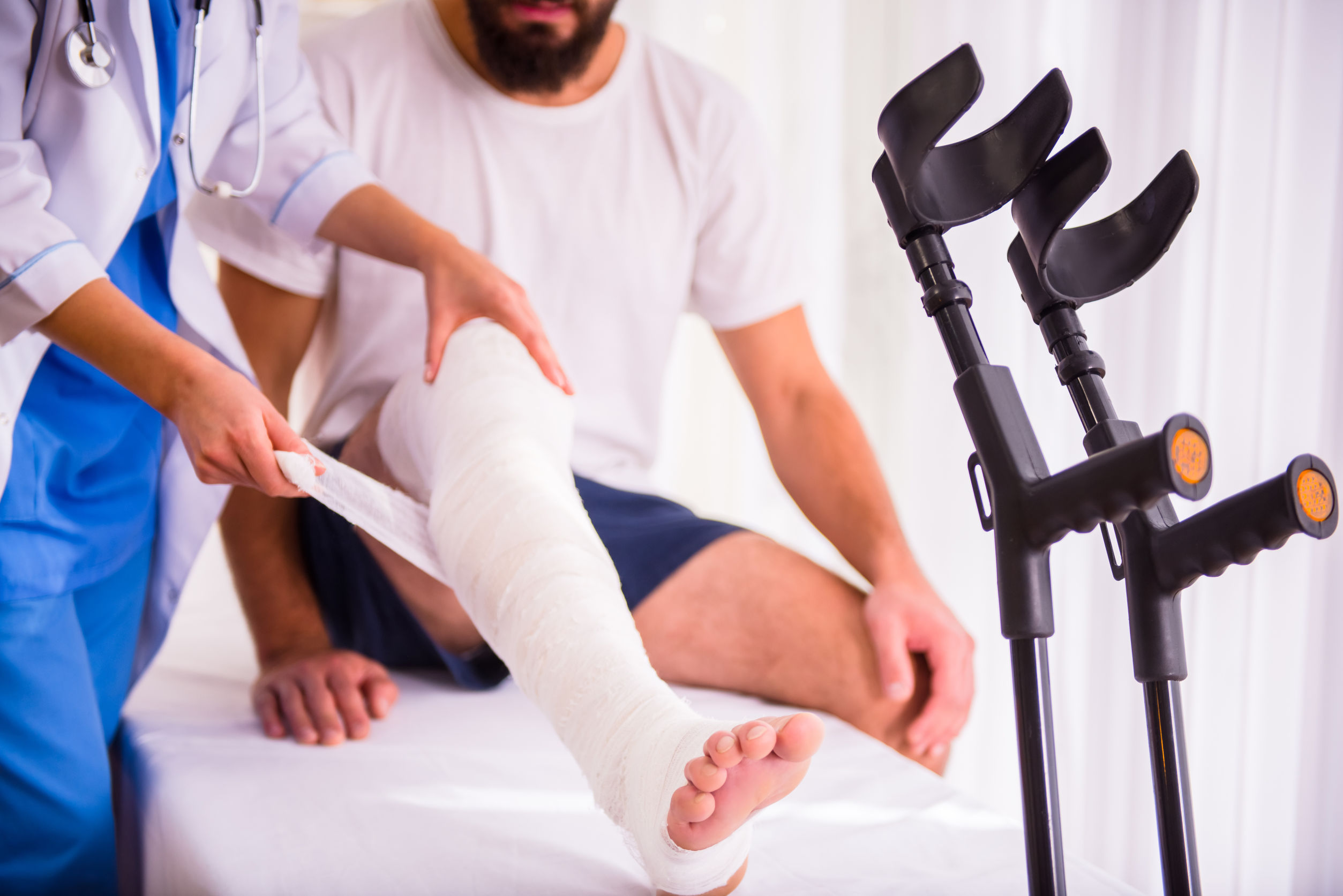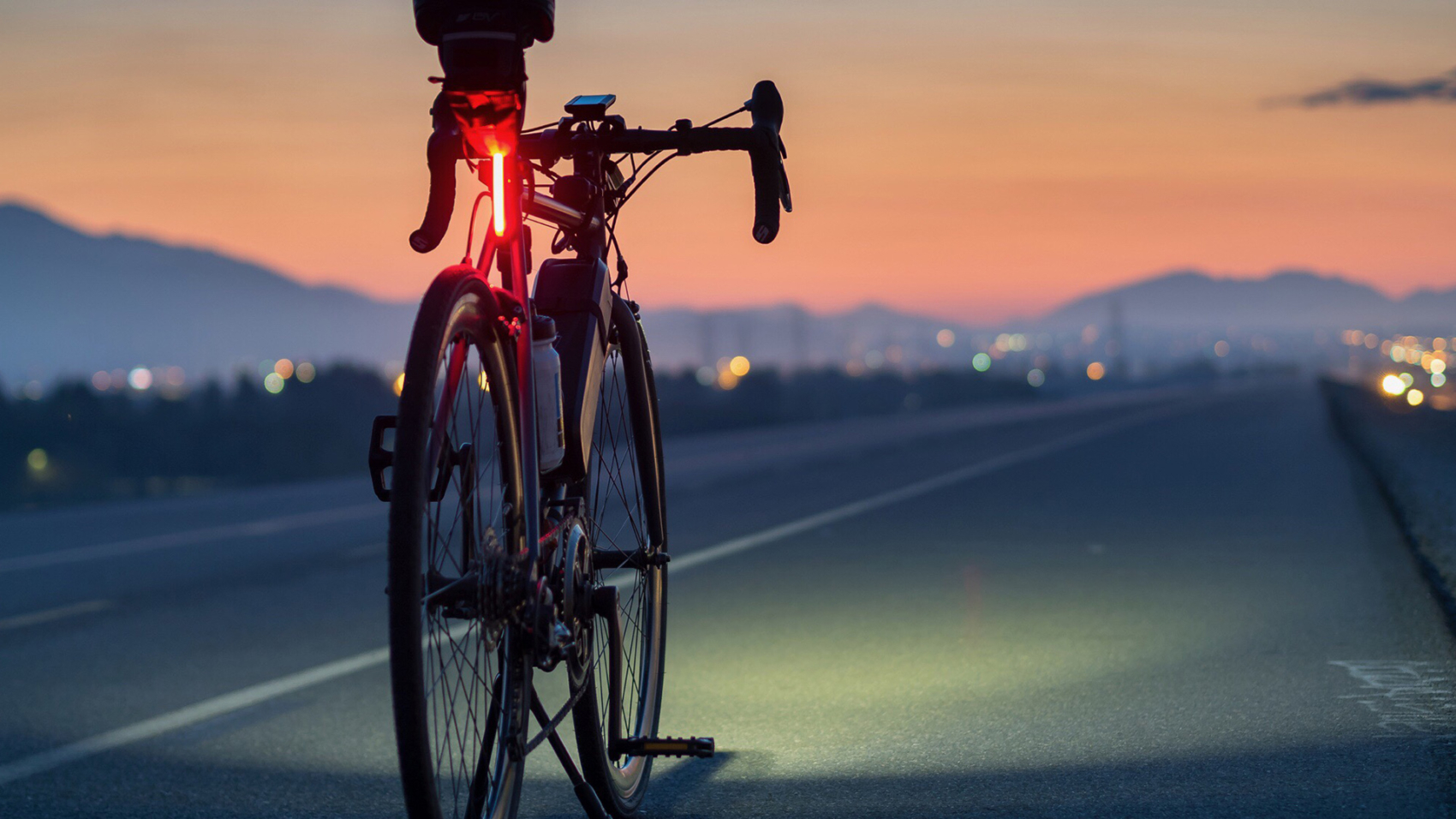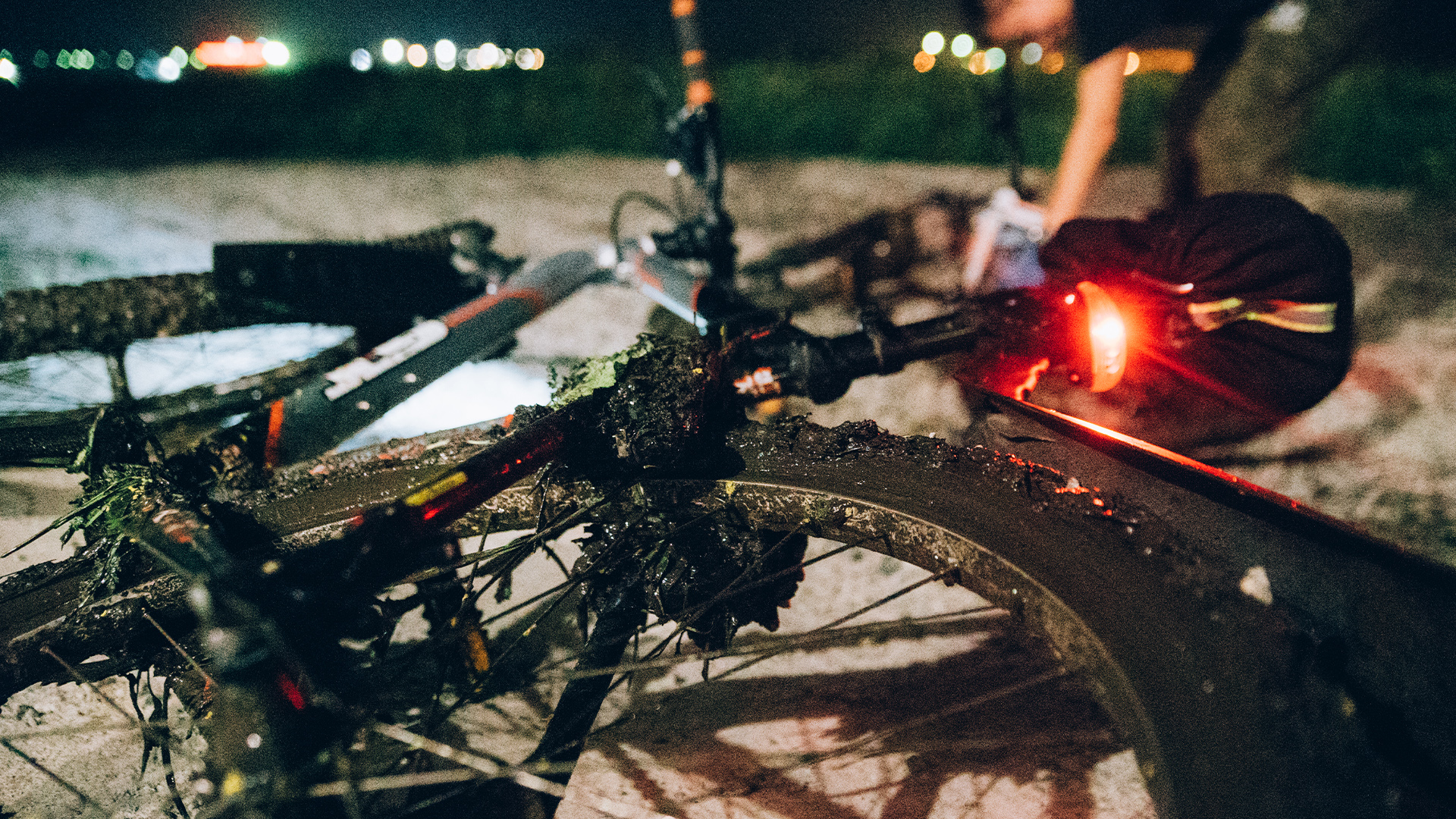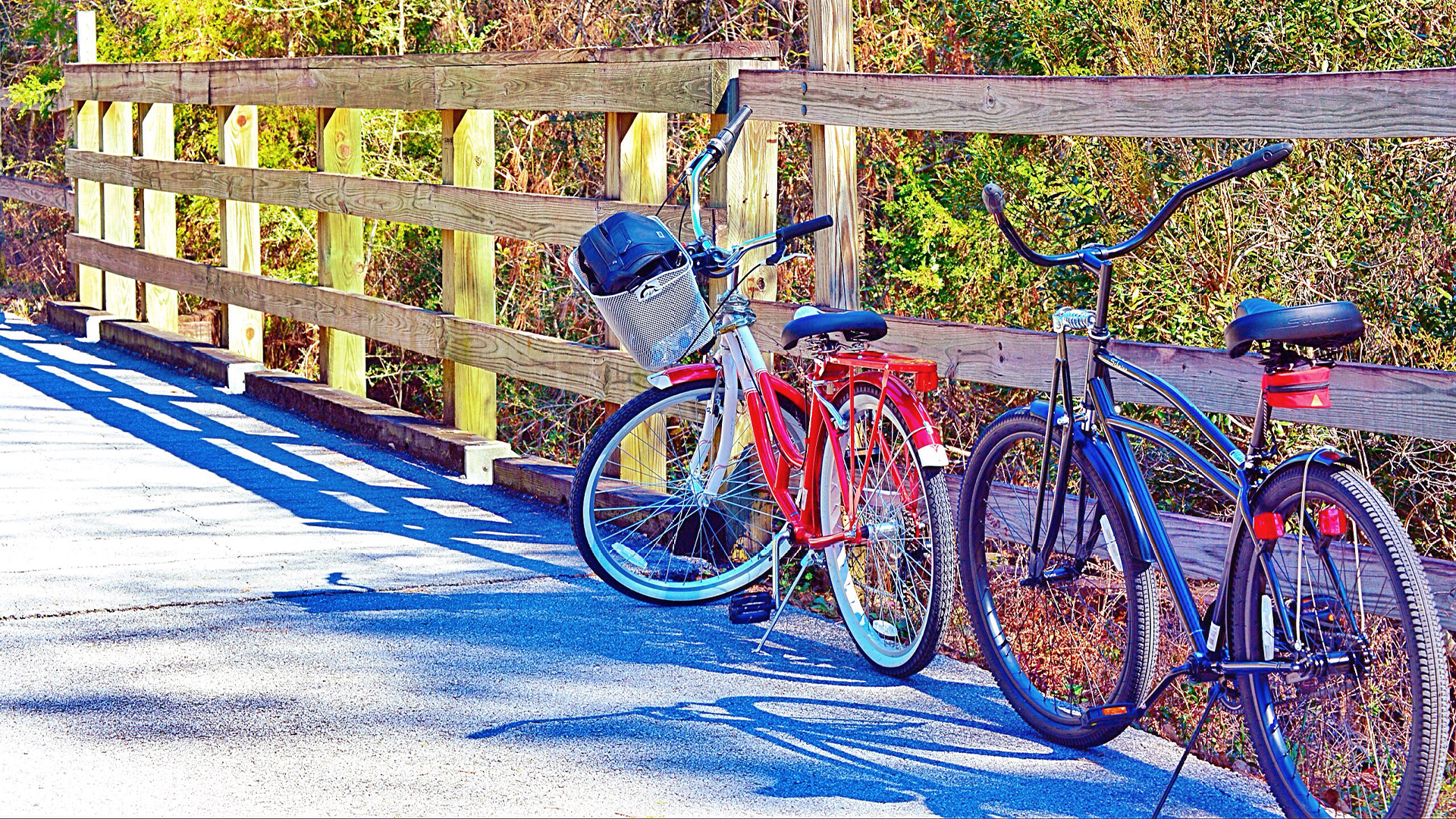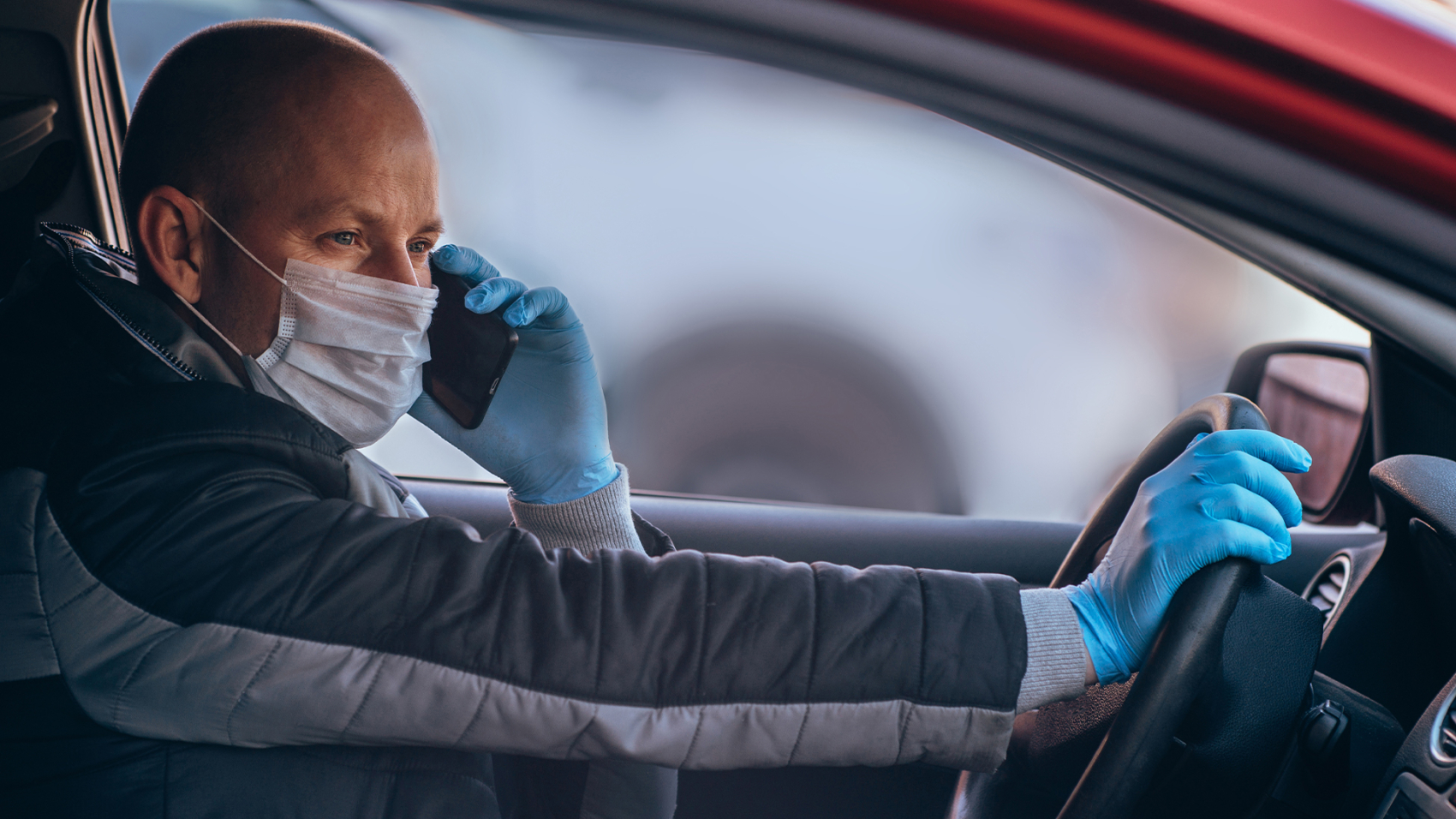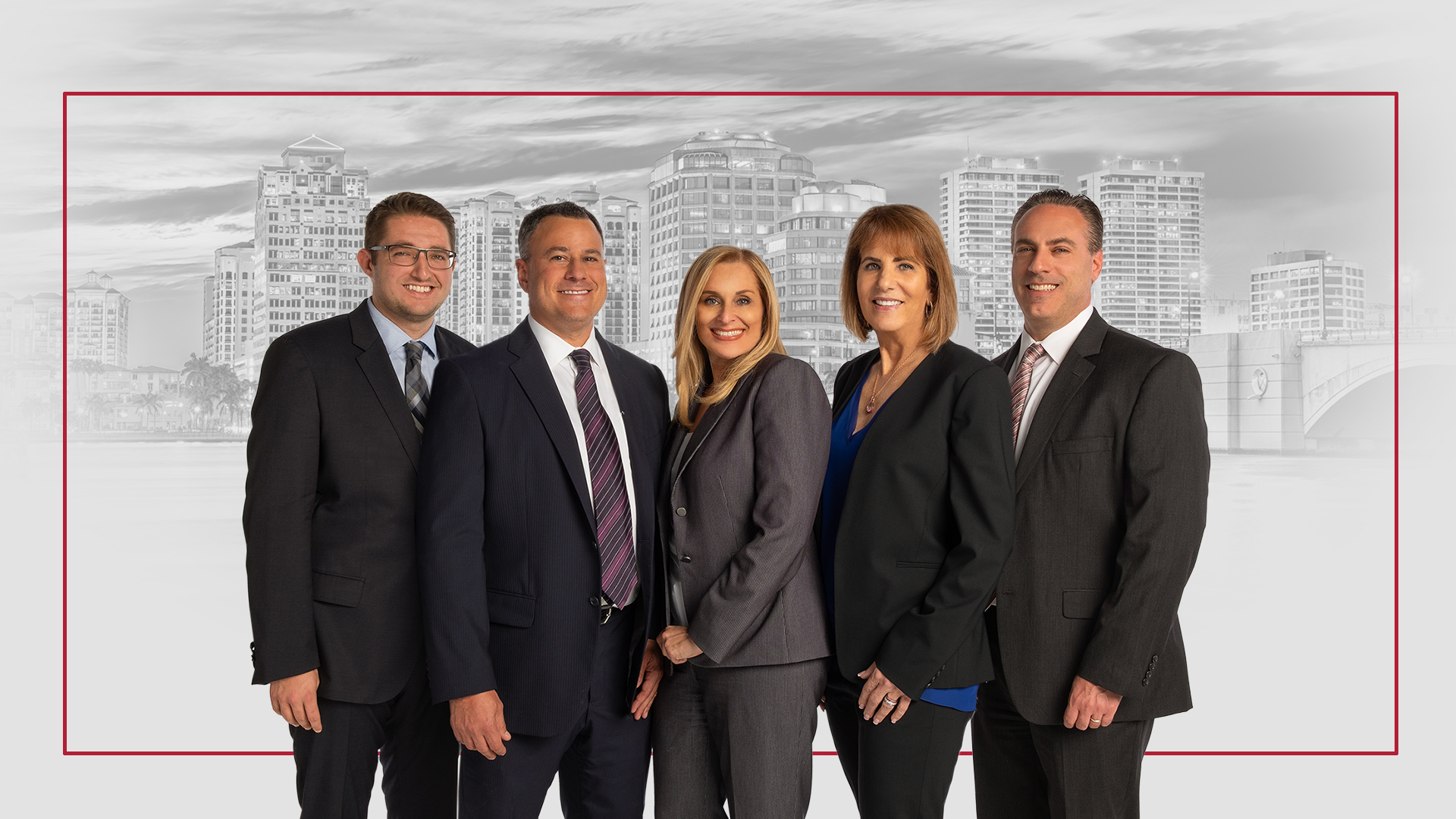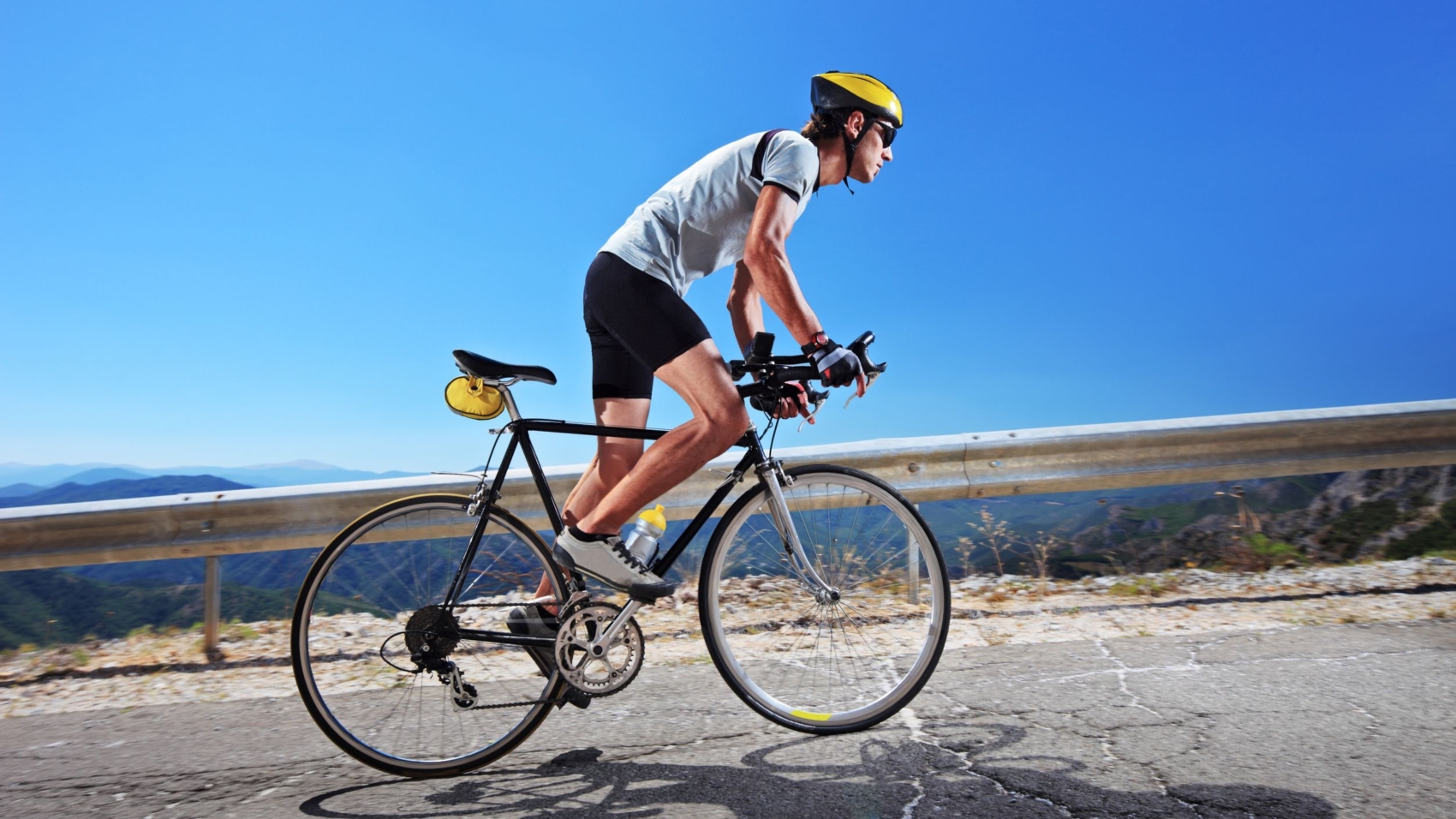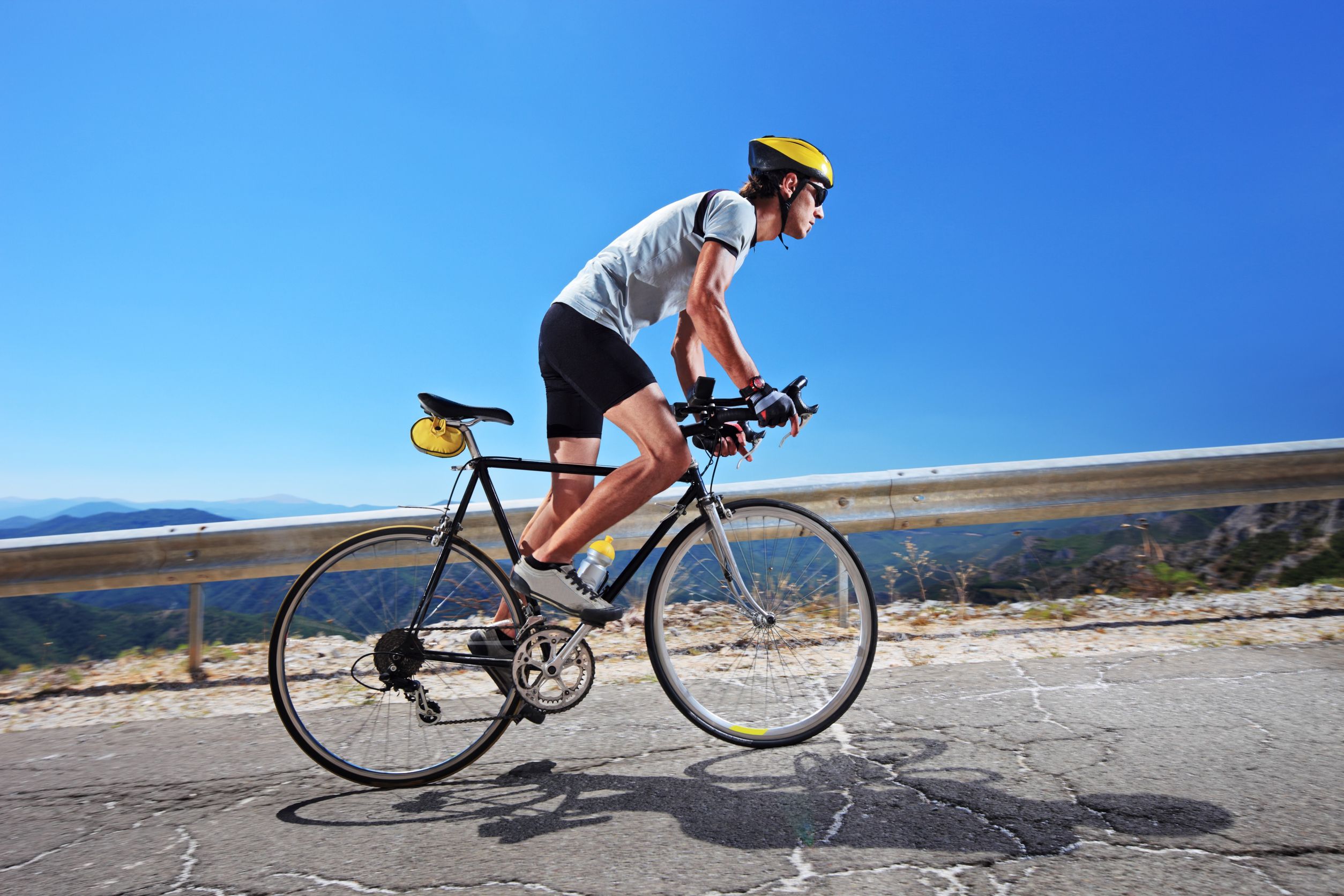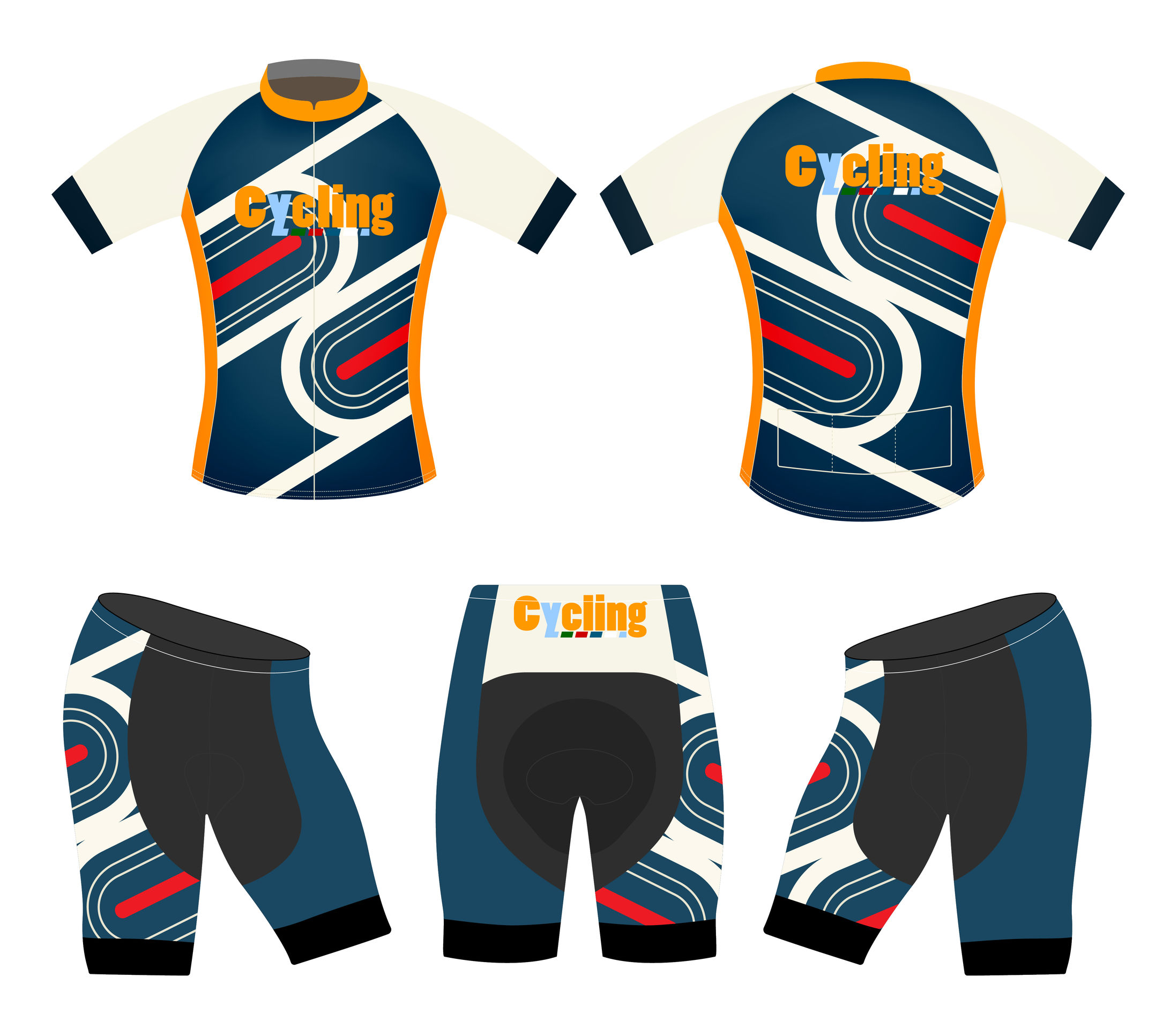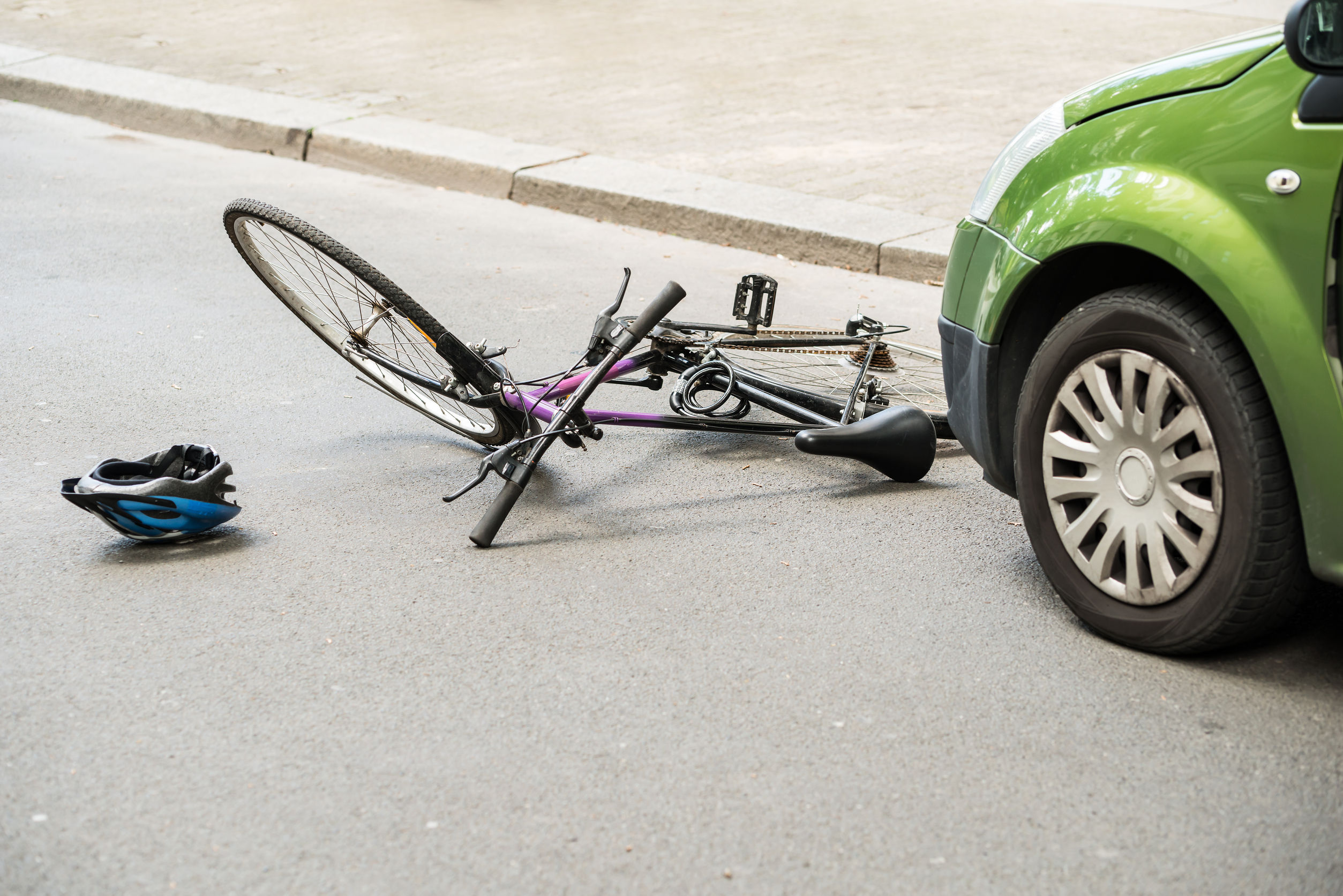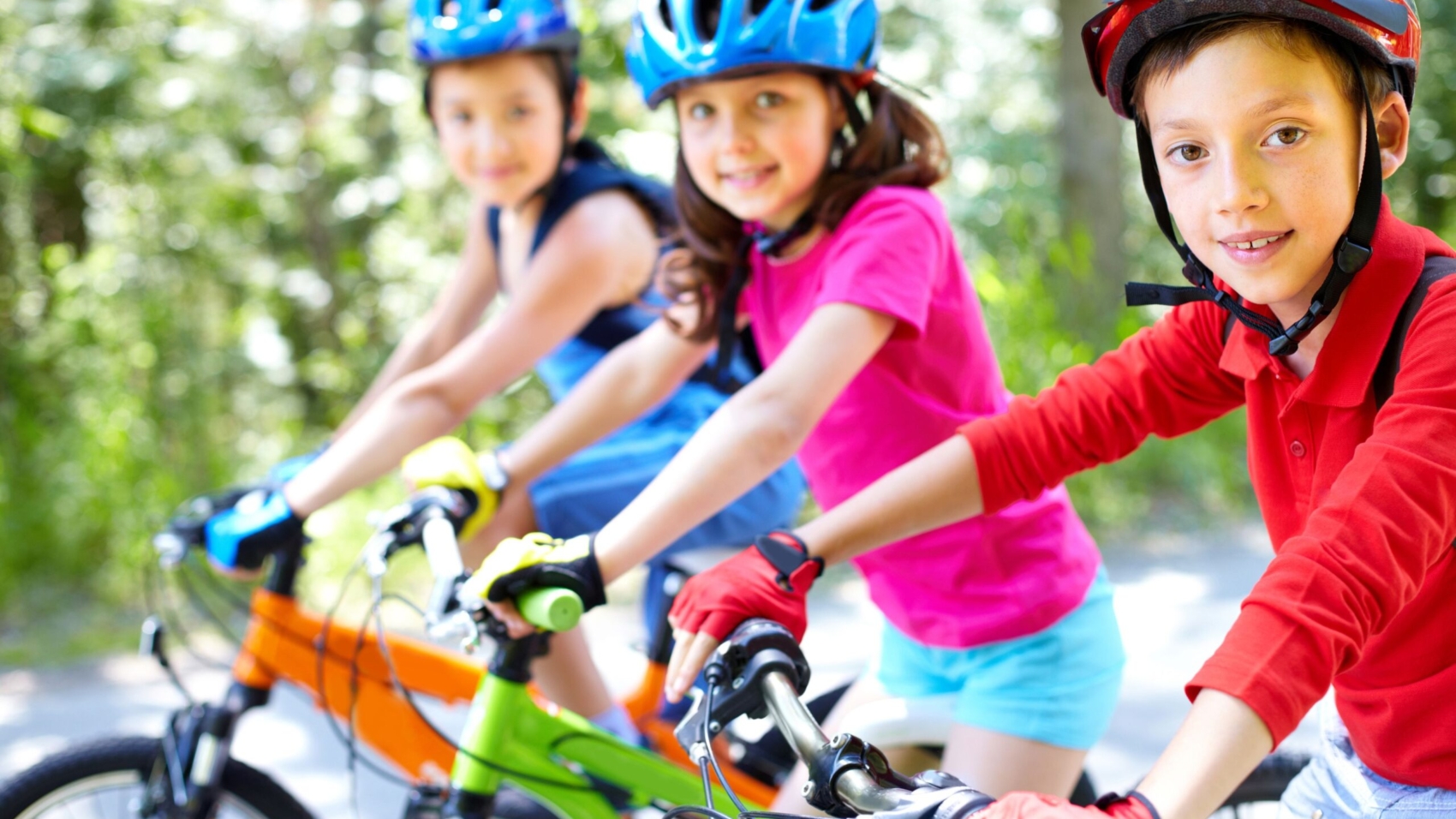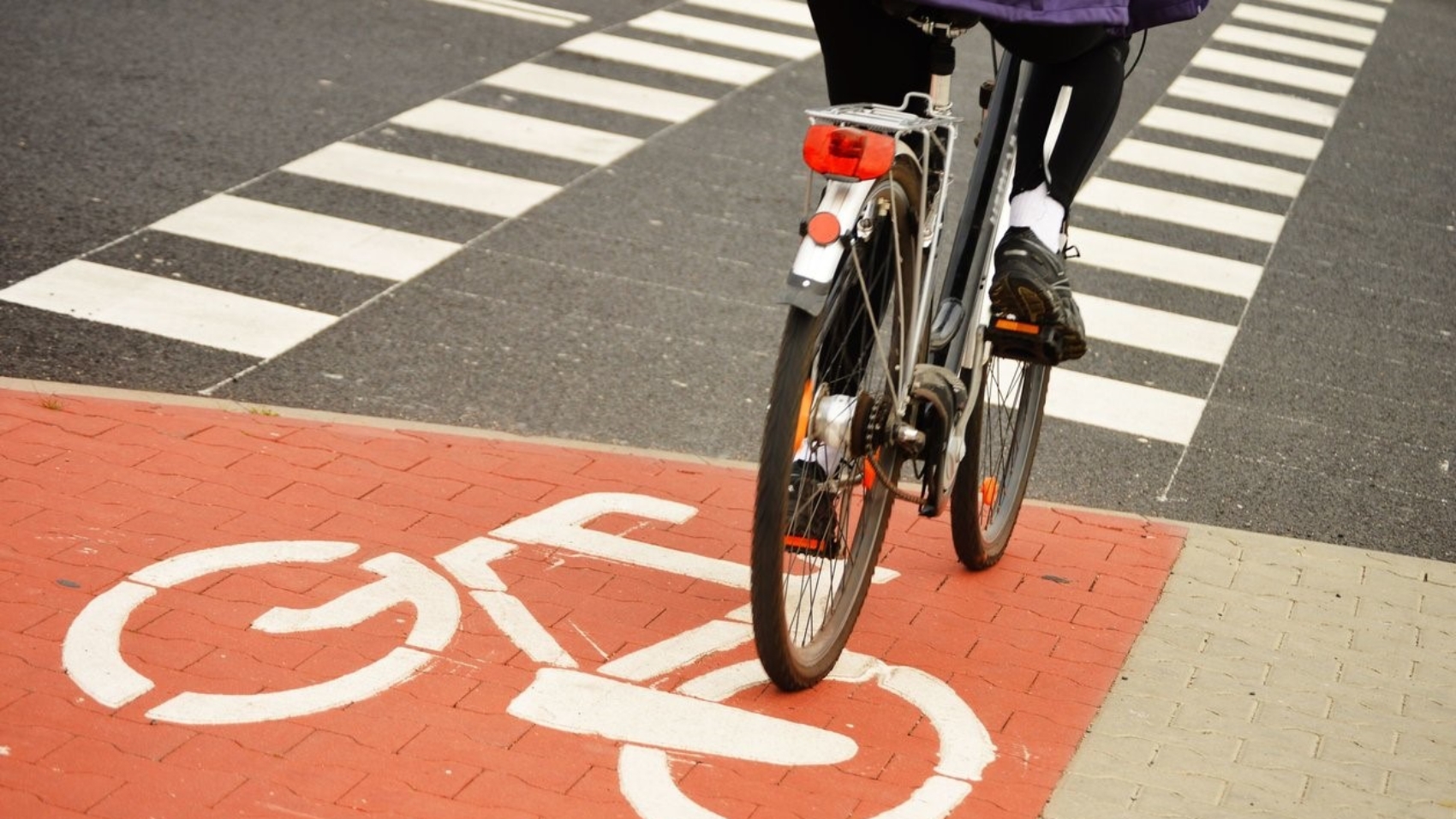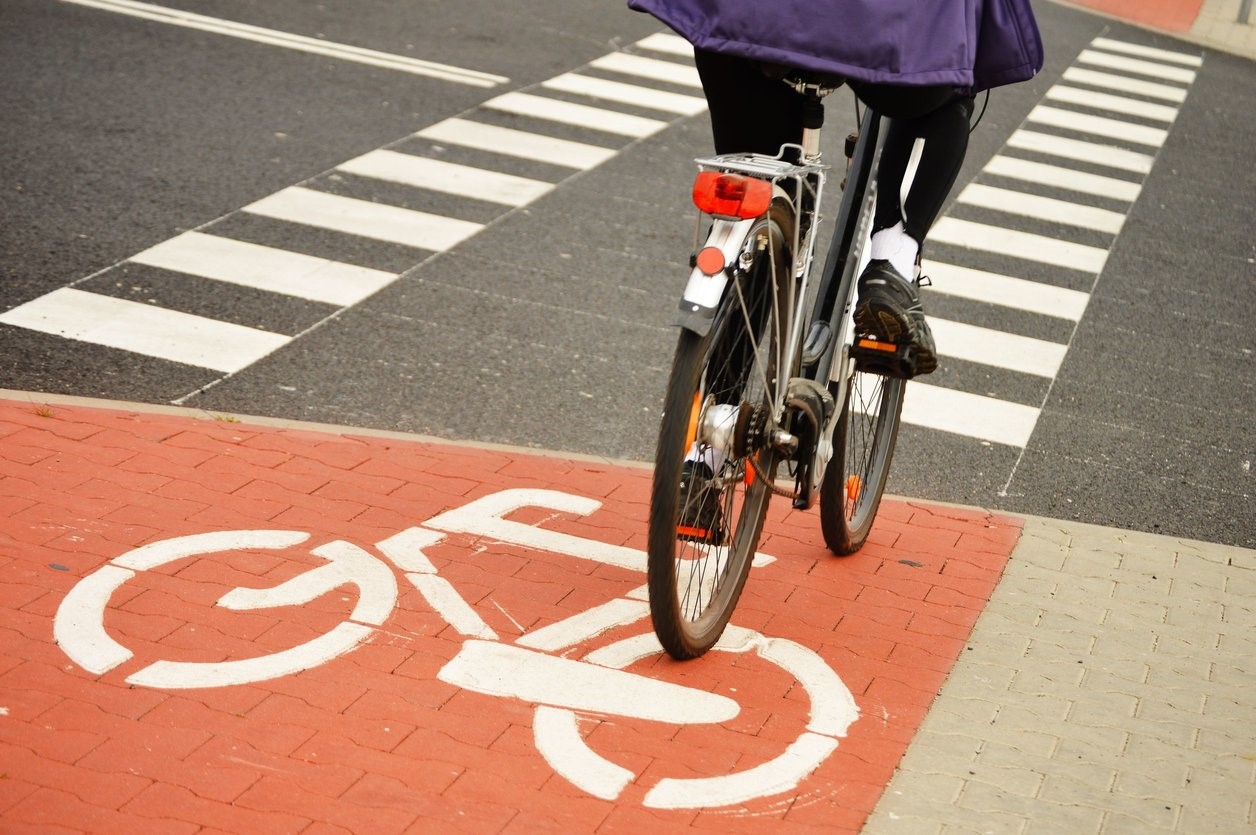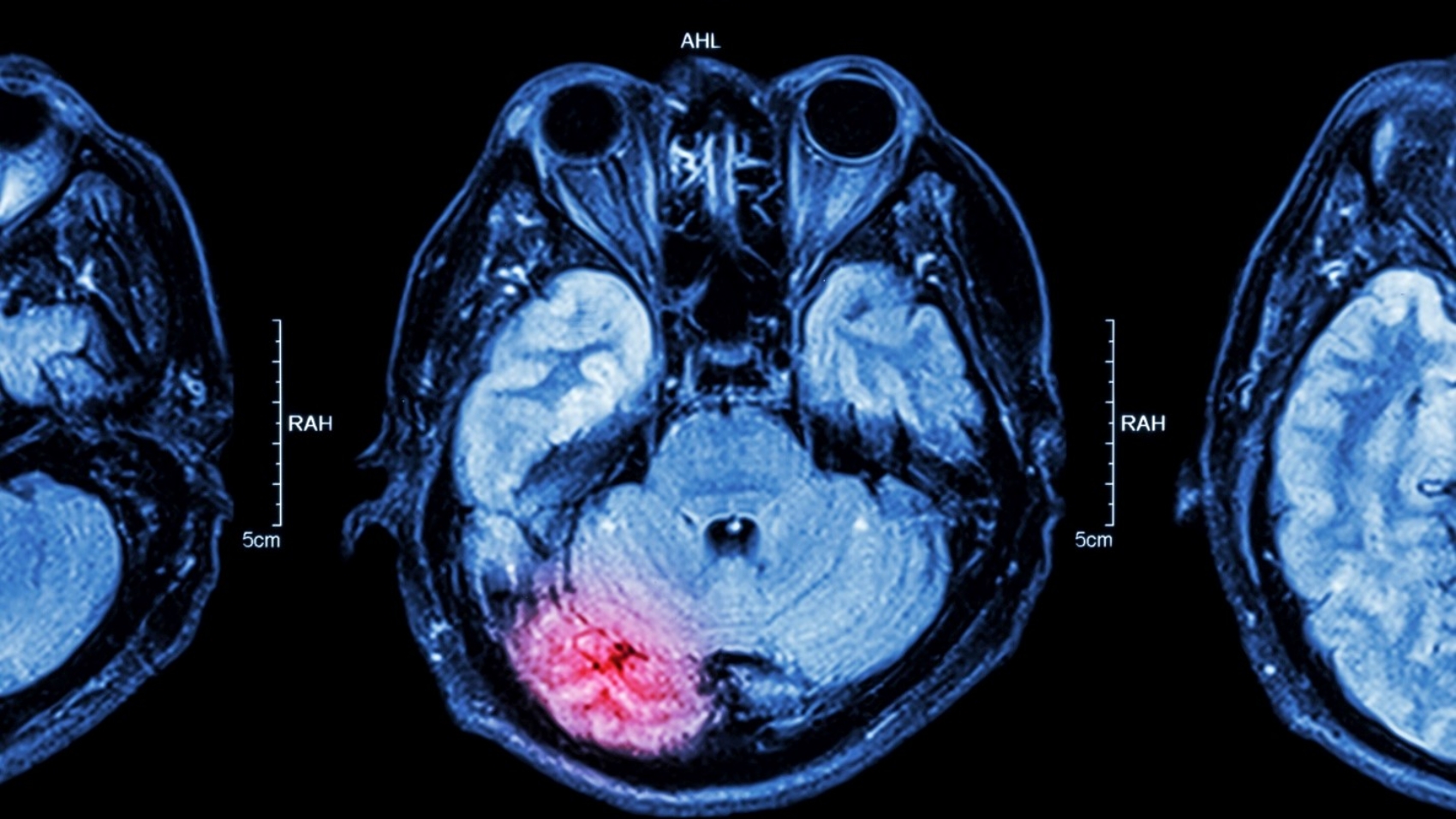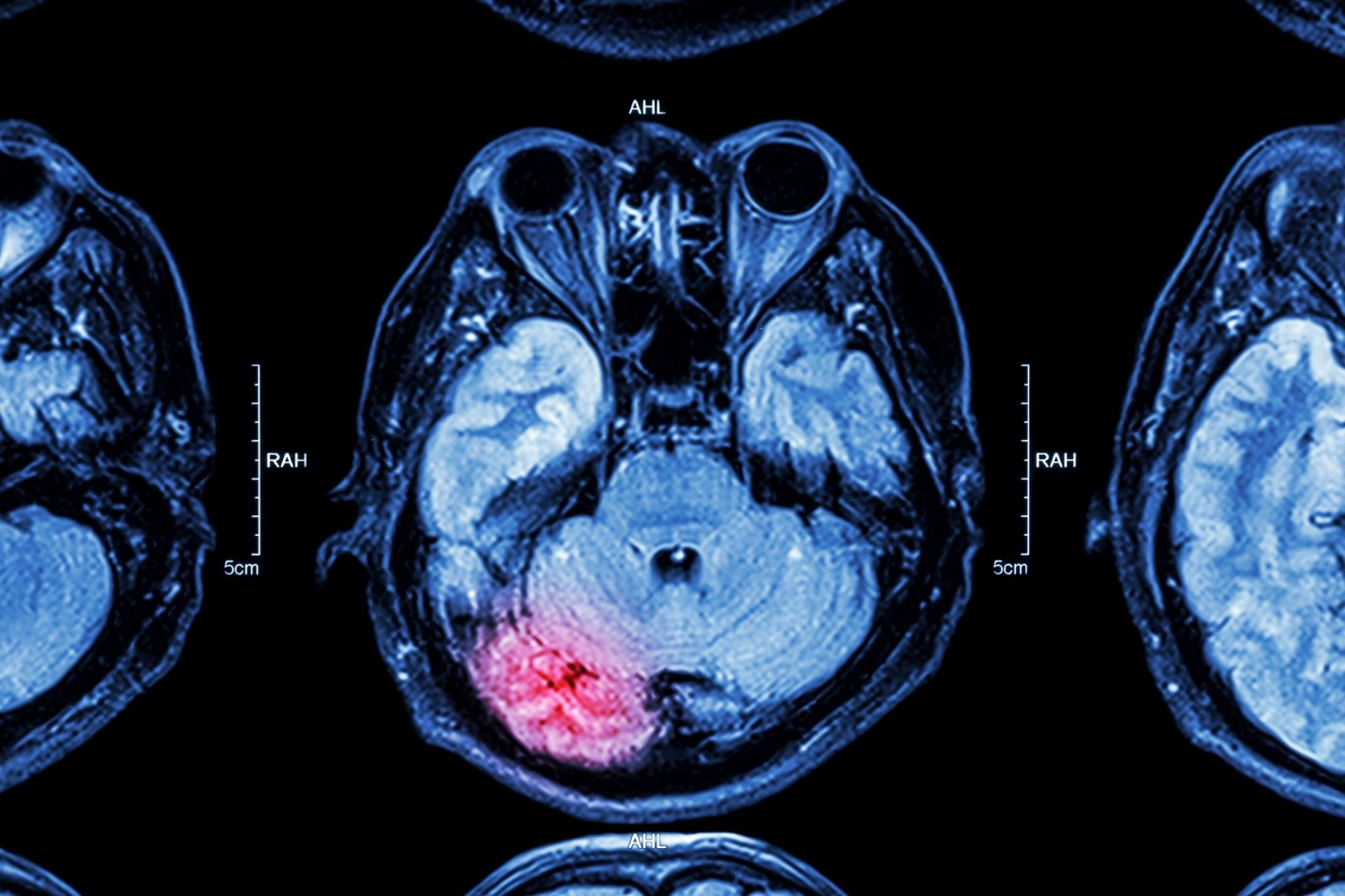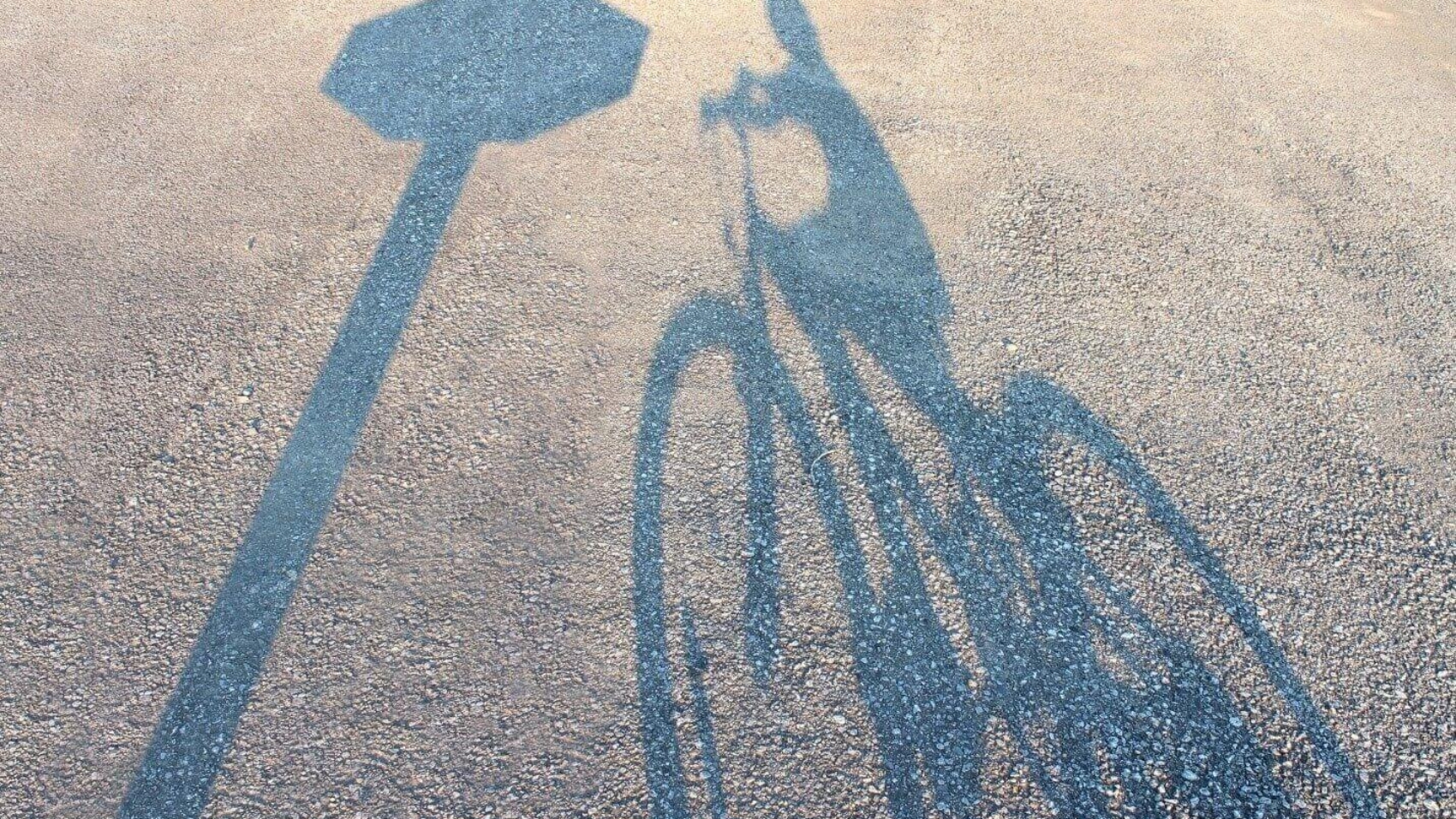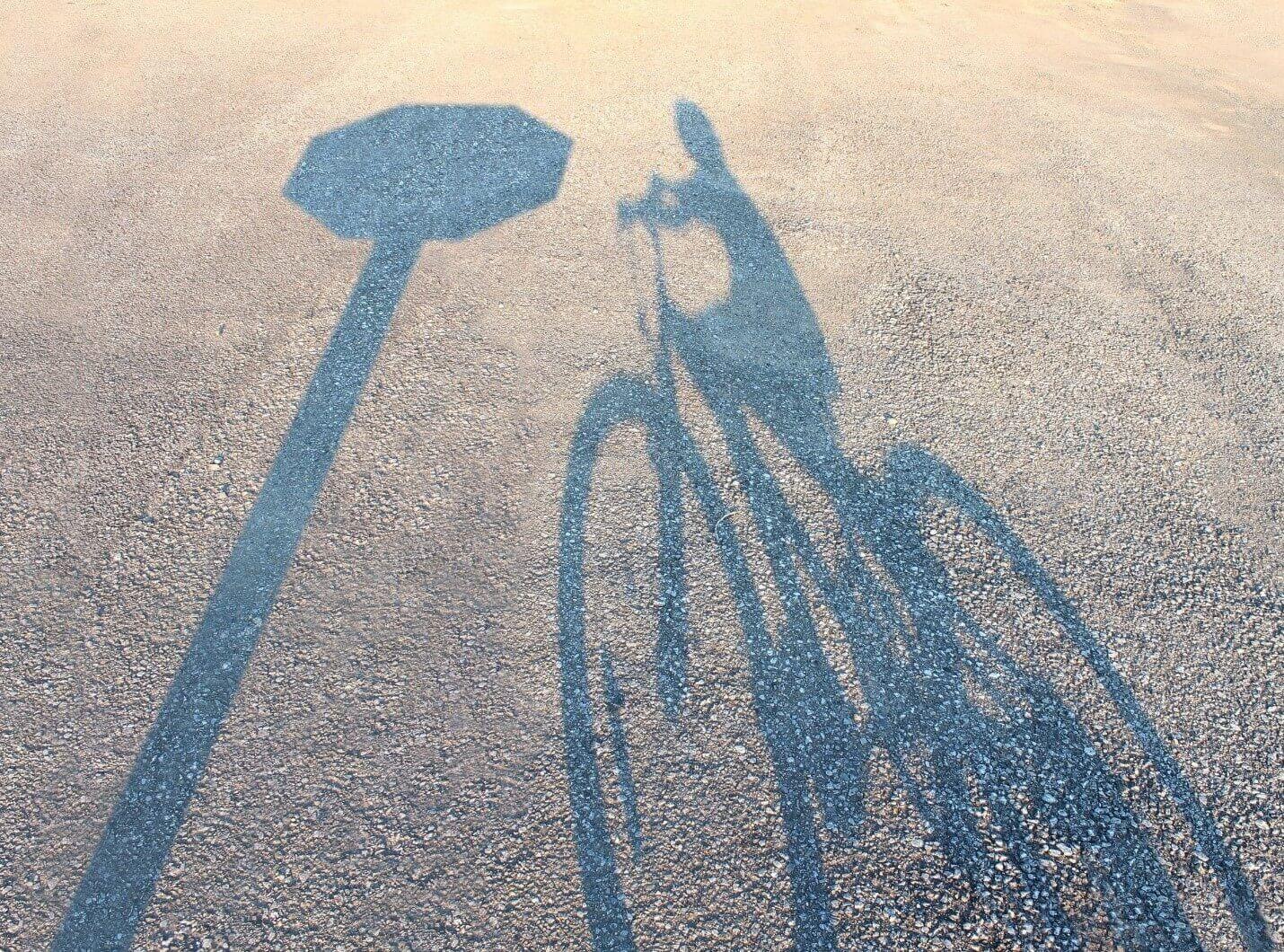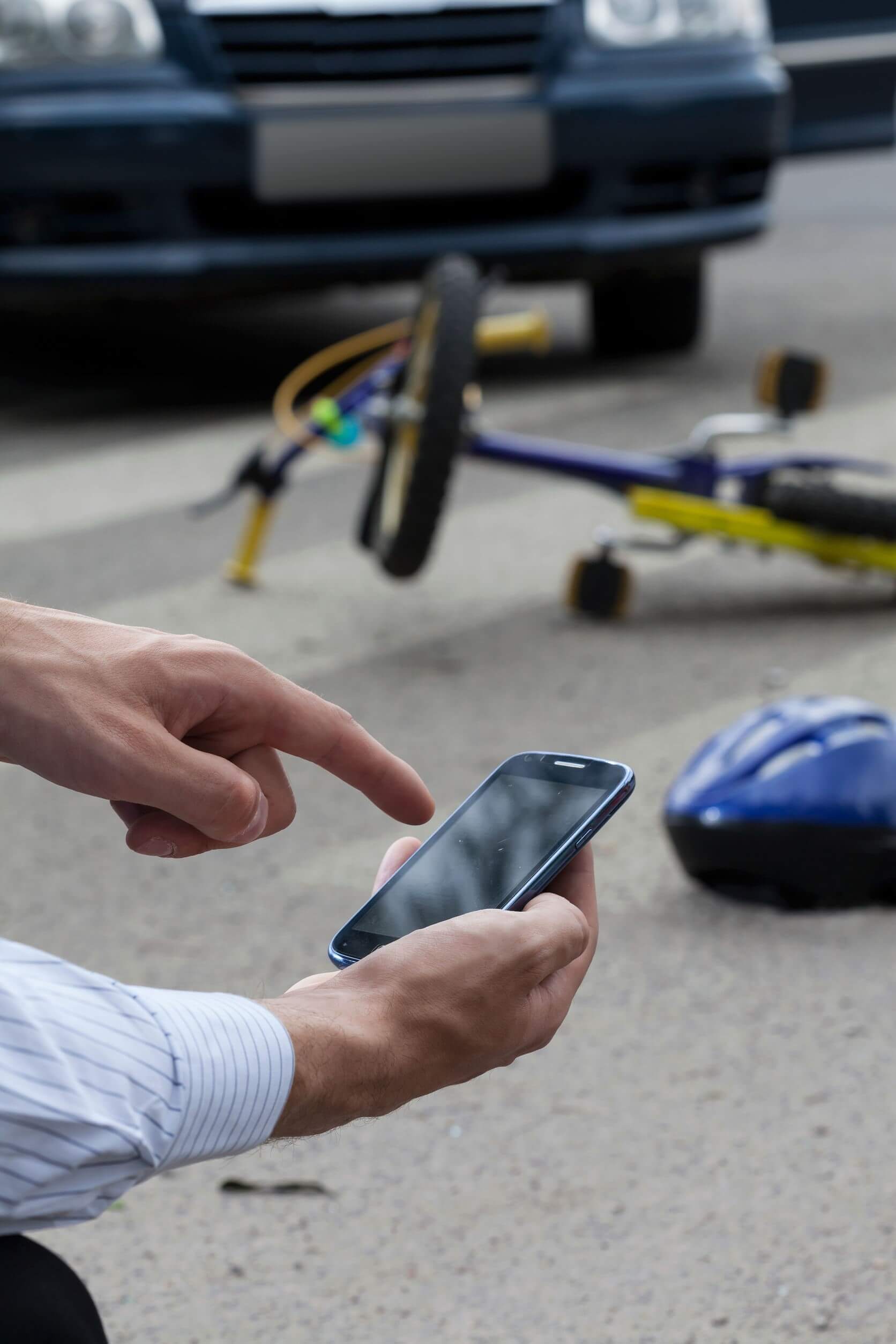Have you gotten injured in a bicycle accident caused by a driver? In this post, we’ll describe the do’s and don’ts after you experience this type of injury.
After a Bicycle Accident – Do’s
Follow these suggestions to protect your rights after a bicycle accident that involves a vehicle.
File a Police Report
Even if you think your injuries are minor, be sure to wait until the police arrive at the scene of the accident. Many injuries may not show up for hours or even days after the event. Some injuries, such as whiplash, can require months of physical therapy that you will pay for out of pocket unless the police document the accident.
Document Your Side of the Story
When the police arrive, make sure they record your version of what happened. The police may ask the driver and not ask you unless you volunteer information.
Collect Driver Information
When two drivers get in a wreck, they normally exchange names, phone numbers, addresses, license data and insurance information. The same is true in an accident between a bicyclist and a driver. This is essential for getting compensation from the driver’s insurance company.
Talk to Witnesses
If any witnesses observed the accident, be sure to take down their personal information as well. If your case gets complicated, witness reports can be key to winning your claim.
See a Doctor Right Away
Your medical report can be the strongest evidence to support your injury. By seeking medical treatment right away, you’ll give the doctor a chance to diagnose problems that you may not feel or notice right after an accident.
Get Legal Help
With the help of a knowledgeable Florida injury attorney, you improve your chances of receiving a maximum payout for your claim. A skilled lawyer can help you receive compensation for medical bills, lost income, ongoing medical treatment, and pain and suffering. Call today for your free case review.
After a Bicycle Accident – Don’ts
Make sure to avoid these acts to get the best compensation for your injuries.
Don’t Move Your Bike
Keep your bicycle as is before the police arrive. It’s important to leave the scene untouched so the accident report is as accurate as possible.
Don’t Accept Fault
No matter how the accident occurred, don’t accept fault for it while speaking with the driver. The police report and your attorney’s investigation will help sort out the facts of the accident, which can look different from a single point of view.
Don’t Negotiate with the Driver
The driver may accept blame at the scene of the accident but deny any responsibility for your injury later. It’s best to rely upon the police report, which can help you get a better settlement from the driver’s insurance company.
Don’t Wait Too Long to See the Doctor
If you wait a few weeks to seek medical treatment, the driver’s insurance company could make the case that your injuries weren’t related to the accident. It’s imperative to see a doctor as soon as possible after an accident to have the best chance of compensation, particularly for injuries that will require ongoing treatment.
Don’t Take an Offer from an Insurance Company
The driver’s insurance company may give you a lowball offer to settle quickly. However, an attorney familiar with bicycle accident cases can often secure a better settlement.
The More You Know…
In the aftermath of a serious accident, most people aren’t thinking particularly clearly. Because of this, far too many of them make mistakes that can end up coming back to bite them later.
This is especially true where personal injury cases are concerned. Neglecting even seemingly small things can end up being the difference between winning your case and losing out on the compensation you need to recover.
By internalizing this list of do’s and don’ts now, you give yourself a better chance at making the right decisions to protect yourself in the event you ever are in a crash on your bike.
Our skilled South Florida attorneys are dedicated to safeguarding your rights and pursuing the compensation you deserve. At The South Florida Injury Law Firm, we’ll tirelessly dedicate our time, energy, and resources to help you secure a favorable settlement after a bicycle accident, ideally without the need for a trial. However, our experienced trial lawyers are fully prepared to take your case to court if that’s what it takes to obtain the compensation you need to rebuild your life.



